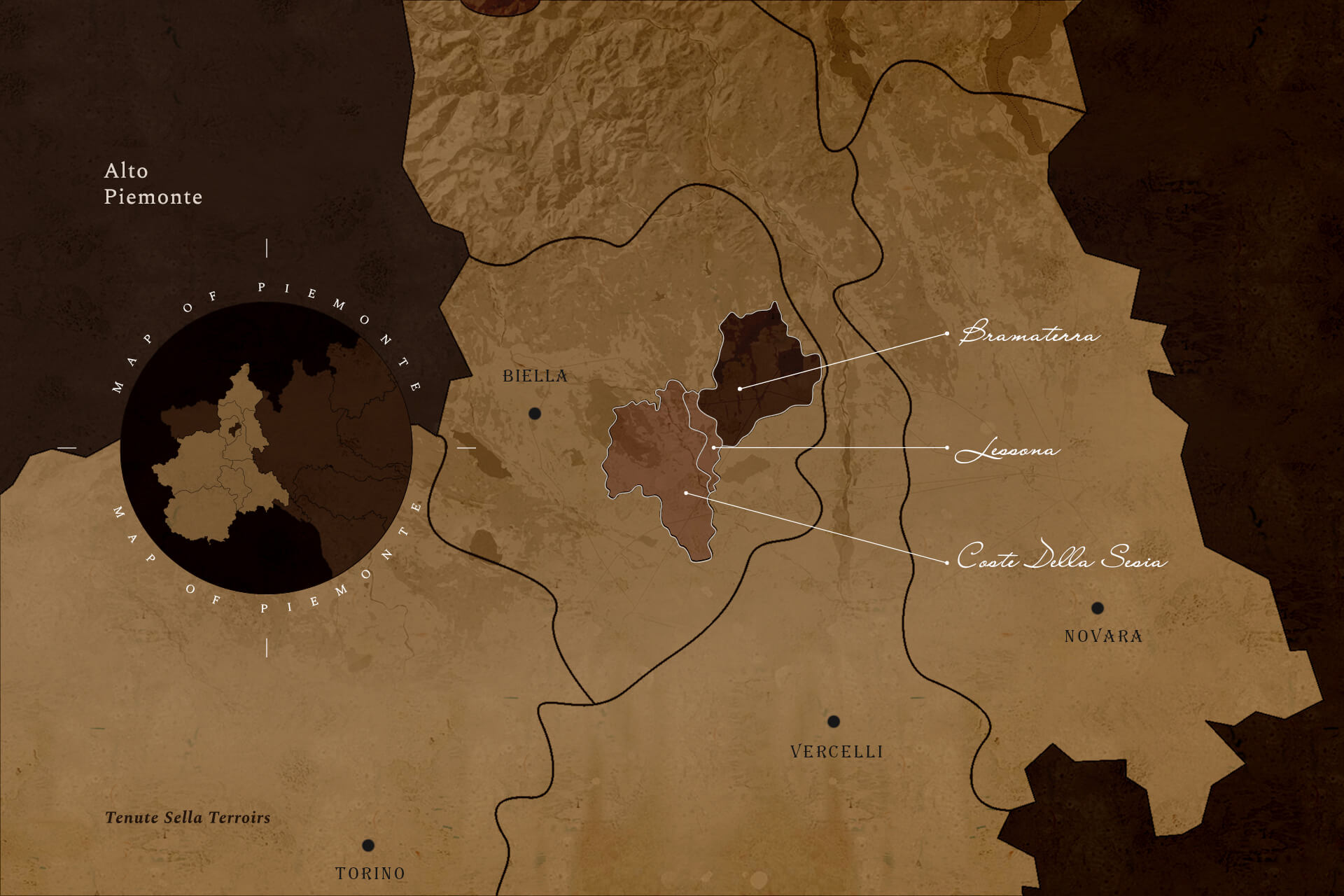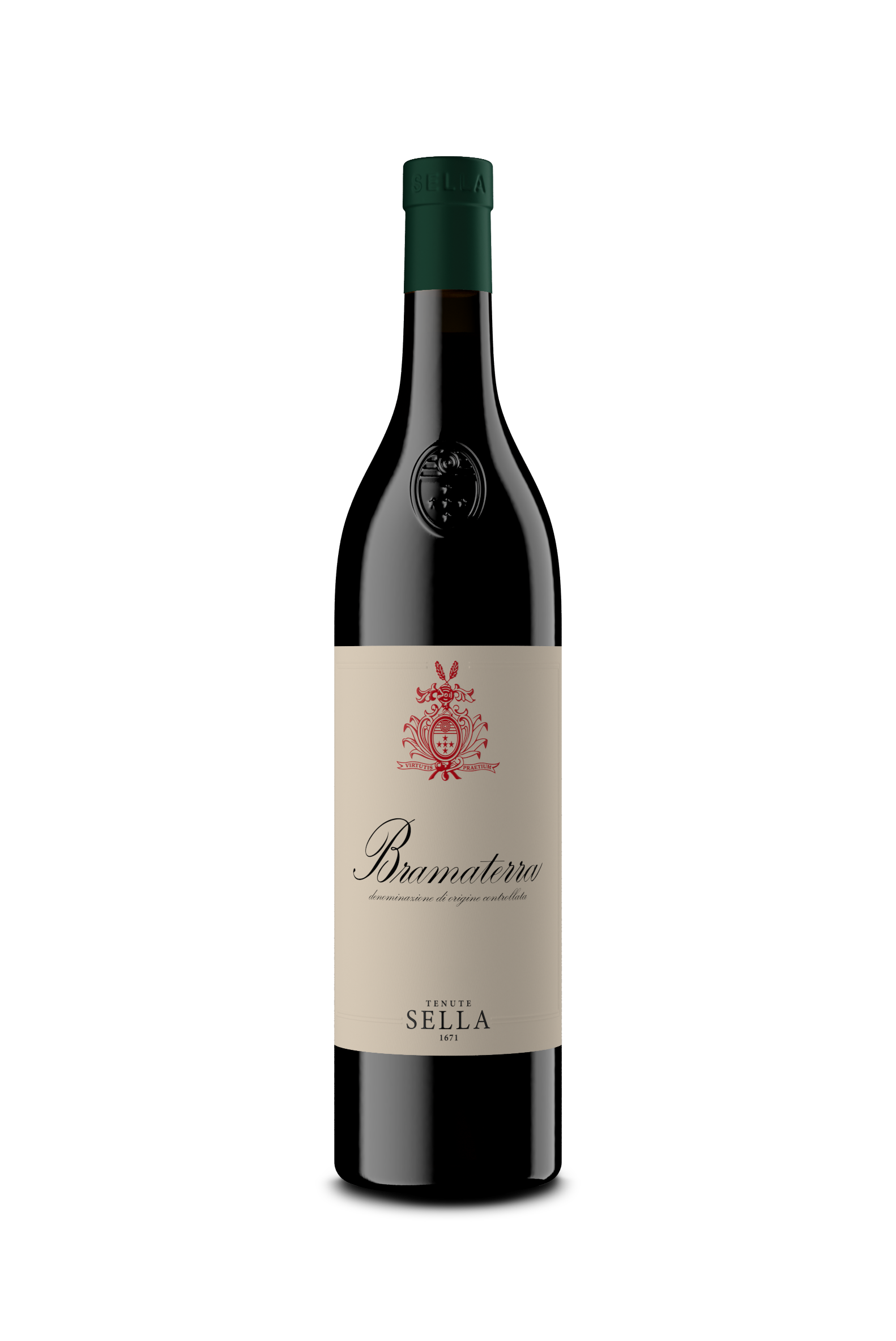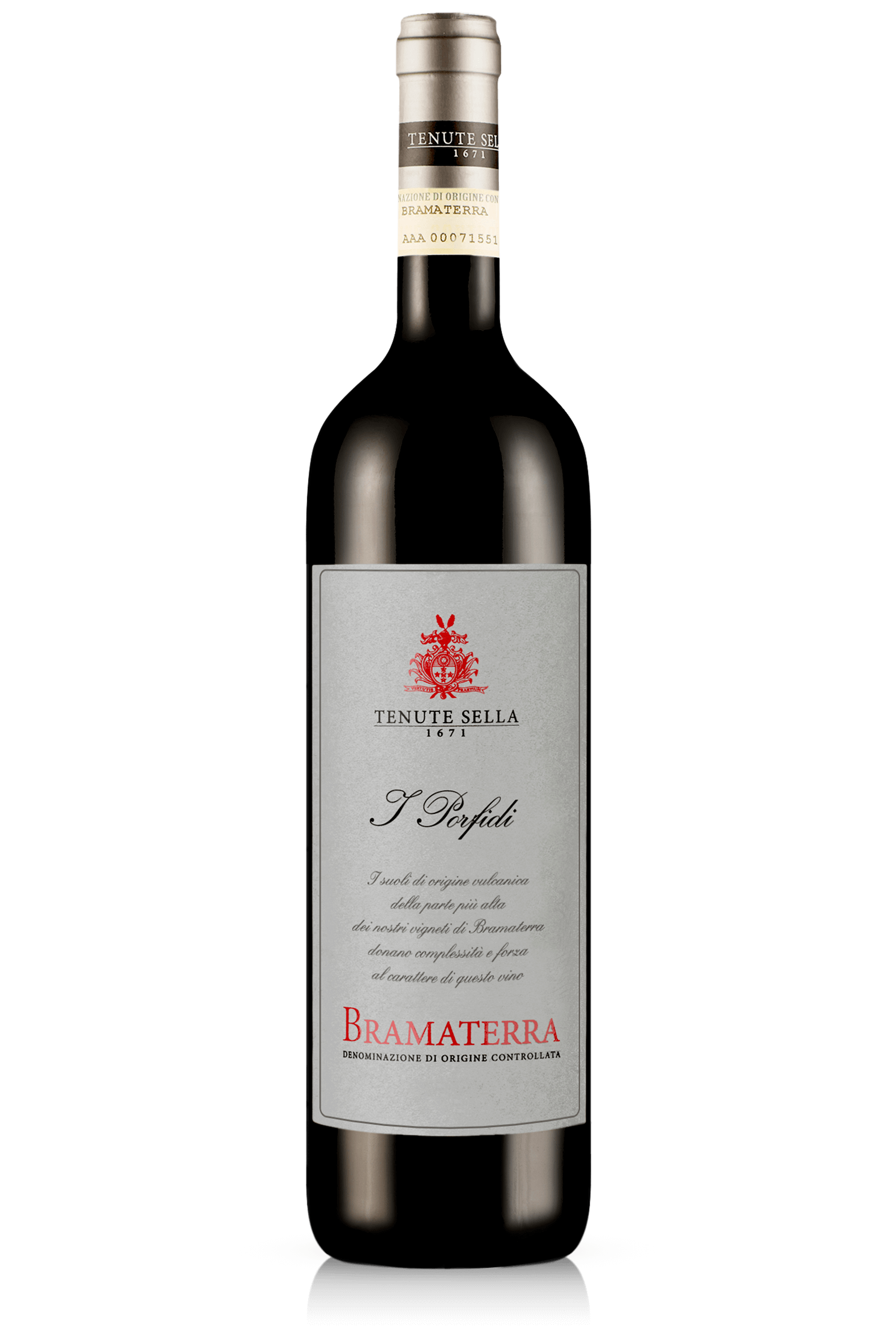CARATTERISTICHE DEL VINO
Vino di origini antiche, dotato di spiccata personalità, citato per la prima volta in un documento storico del 1447. Questo vino è ottenuto dalle migliori uve selezionate nelle nostre parcelle di Bramaterra nei comuni di Villa del Bosco e Brusnengo.
VITIGNI: Nebbiolo 70%, Croatina 20%, Vespolina 10%
1902
30 giorni per il Nebbiolo e la Vespolina, 16 giorni per la Croatina Fermentazione malolattica con tecnica del coinoculo.
Diraspa-pigiatura Fermentazione classica in vasche in acciaio inox con rimontaggi e delestage
28 mesi in botti in rovere di Slavonia da 10 hl
oltre i 20 anni
12000
CARATTERISTICHE DEI VIGNETI
48 anni
collinare
Sud-Ovest
guyot classico
da metà settembre a metà ottobre
300-350 metri s.l.m.
TERROIR
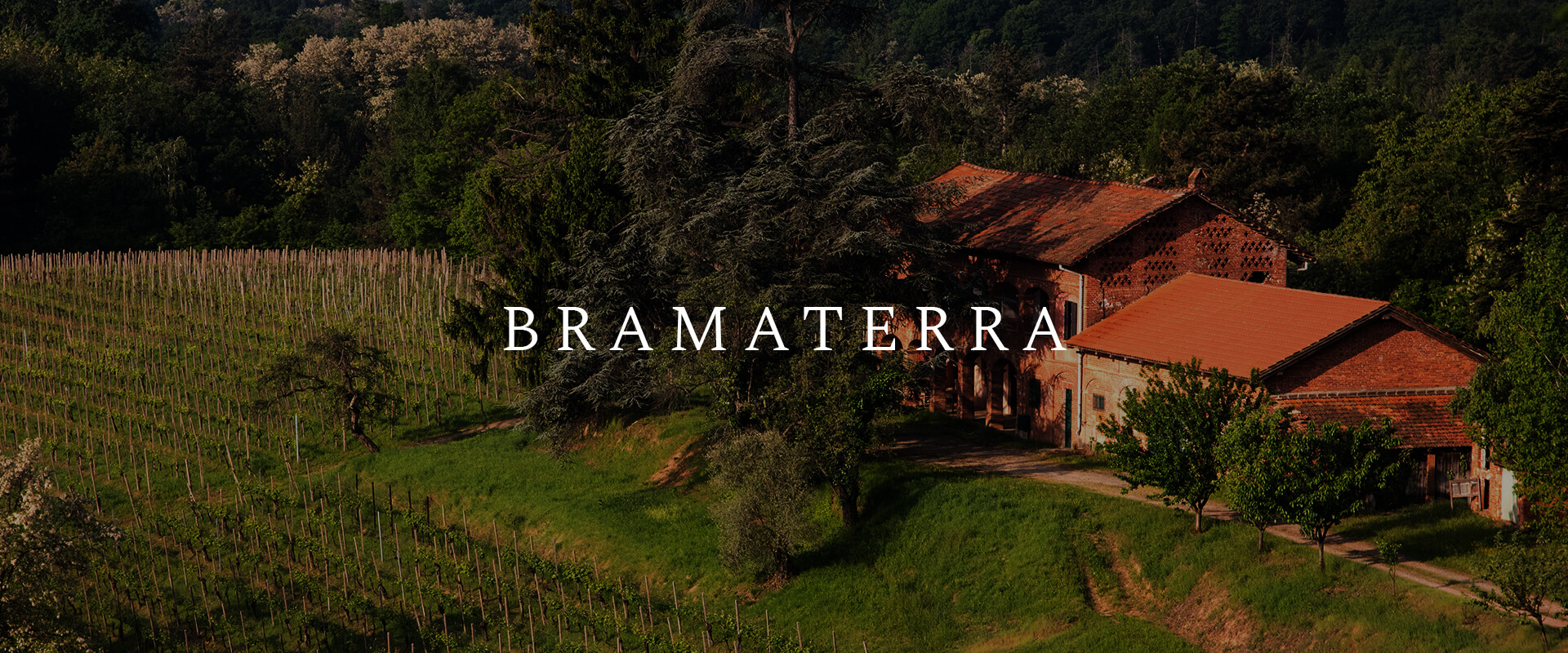
La regione del Bramaterra comprende da ovest a est i comuni di Masserano, Brusnengo, Curino, Roasio, Sostegno, Villa del Bosco e Lozzolo. Situata immediatamente ad est di Lessona, ricopre un’estesa fascia collinare che arriva fino al limite orientale della provincia di Biella, nella porzione dell’Alto Piemonte situata sulla riva destra del bacino orografico del fiume Sesia. Da un punto di vista microclimatico l’andamento stagionale è piuttosto assimilabile a quello di Lessona nonostante temperature medie invernali più fredde. Il territorio del Bramaterra occupa la porzione meridionale delle Rive Rosse, un’ampia zona collinare estesa per decine di chilometri, poco antropizzata, per la gran parte ancora dominata da fauna e flora selvatiche, con estesi boschi ricchi di querce, castagni e betulle. Geologicamente troviamo una corona di 3 differenti isole di porfido quarzifero, roccia lavica poco compatta perché derivata da magmi ricchi di gas, di origine Permiana, cui si affiancano un’isola calcarea (a Sostegno) e estese presenze di sabbie e argille di origine marina (soprattutto nella sezione più a est della denominazione). La Tenuta di Bramaterra in particolare, è ubicata su un blocco di porfido di colore rosso, per la gran parte disgregato dalla prolungata azione degli agenti atmosferici, con a trattati la presenza di depositi argillosi più o meno consistenti.
Il nucleo originario dei vigneti della Tenuta di Bramaterra, nata alla fine dell’800, era costituito da pochi ettari.
A Bramaterra nel corso del XX secolo impianti successivi hanno portato la superficie vitata a circa 20 ettari in un unico appezzamento, che costituiscono oggi uno dei vigneti con unico proprietario più ampi di tutto l’Alto Piemonte. I vigneti sono in un’ampia fascia di morbide colline posta ad un’altezza compresa tra i 270 e i 350 metri s.l.m. I suoli sciolti, d’origine vulcanica, hanno pH acido e colorazioni che passano dal giallo tenue al rosso scuro al bruno, a seconda del grado d’ossidazione. L’età media dei vigneti è intorno ai 45 anni, mentre gli ultimi impianti risalgono ad una quindicina di anni fa. Il vigneto utilizzato per la selezione “I Porfidi”, sulla collina più alta della tenuta, è invece molto più vecchio: è un impianto del 1933 che insiste su una vena affiorante di porfido puro, di tonalità rosso bruno. La gestione viticola segue, per quanto riguarda lavorazioni e concimazioni, gli stessi principi utilizzati sulle vigne di Lessona. La quasi totalità delle lavorazioni è portata avanti manualmente, dalla potatura invernale alla vendemmia. La modalità d’allevamento è a filare, con potatura a guyot da 8-10 gemme. Normalmente nei nostri vigneti più vecchi non occorre diradare la produzione nella stagione estiva, il carico è naturalmente ridotto a meno di 1000 grammi per ceppo; nei vigneti più giovani si procede invece ad un’attento diradamento dei grappoli per garantire una maturazione corretta ed equilibrata.
